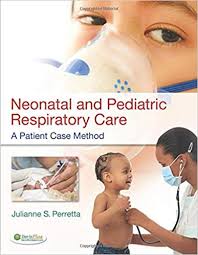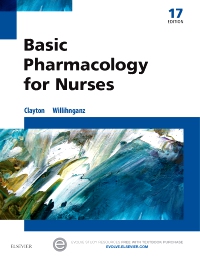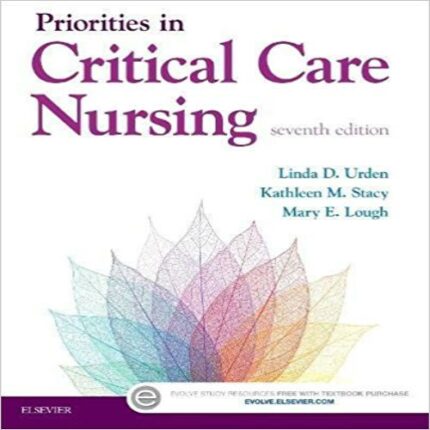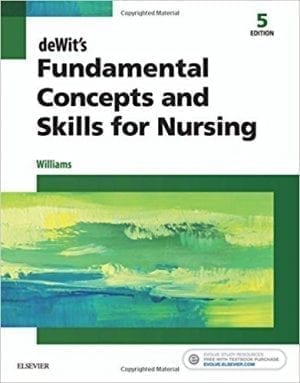Neonatal and Pediatric Respiratory Care by Perretta – Test Bank
Multiple Choice
1. Classify what is meant by an extreme apneic event:
A. Apnea duration 30 seconds or longer or a heart rate less than 50 to 60 bpm for 10 seconds or more
B. Apnea duration of 20 to 29 seconds or a heart rate less than 50 to 80 bpm for 5 to 15 seconds
C. Cessation of breathing for more than 20 seconds or cessation of breathing for longer than 10 seconds, heart rate less than 100 bpm
D. Bradycardia of heart rate less than two-thirds of baseline and saturation SPO2 less than 80%
ANS: A
2. Which of the following drugs is considered the safest and most effective in treating apnea in premature infants?
A. Theophylline
B. Caffeine citrate
C. Adenosine
D. Methylxanthines
ANS: B
3. What is the best mode of therapy used to treat obstructive sleep apnea in infants?
A. Kinesthetic stimulation
B. Nasal continuous positive airway pressure
C. Nasal cannula
D. Blood transfusions
ANS: B
4. What is the first action a clinician needs to perform for a patient experiencing apnea?
A. Nasal continuous positive airway pressure
B. Pharmacology intervention
C. Tactile stimulation
D. Positive pressure ventilation
ANS: C
5. The risk factors for bronchopulmonary dysplasia consist of all of the following except:
A. 28 weeks or less of gestation
B. PaCO2 greater than 50 mm Hg
C. Respiratory distress syndrome
D. Placenta abruptio
ANS: D
6. High doses of dexamethasone given to an infant within the first week after birth can increase the risk for all of the following except:
A. Cerebral palsy
B. Abnormal neurological examinations
C. Gastrointestinal bleeding
D. Hypoglycemia
ANS: D
7. What is a mechanical ventilation strategy that can be used to decrease the risk of developing bronchopulmonary dysplasia?
A. Volume-targeted ventilation mode, adequate positive end-expiratory pressure levels, and lower tidal volumes
B. Pressure ventilation mode, small positive end-expiratory pressure levels, and low tidal volumes
C. Permissive hypercapnia strategy
D. High-frequency ventilation mode
ANS: A
8. Successfully minimizing bronchopulmonary dysplasia rates in infants less than 1,500 g can be done by implementing all of the following modalities of care except:
A. Early institution of nasal continuous positive airway pressure
B. Pulse oximetry limits
C. Avoidance of intubation
D. Early intervention of corticosteroid therapy
ANS: D
9. A decrease in incidence of bronchopulmonary dysplasia has been seen in all of the following modalities of care except:
A. Pulse oximetry limits
B. Institution of high FiO2
C. Institution of nasal continuous positive airway pressure
D. Avoidance of intubation
ANS: B
10. What drug is a mast cell stabilizer that shows great promise with improved lung compliance and mechanical ventilation requirements, but not with prophylactic treatment?
A. Inositol
B. Inhaled nitric oxide
C. Cromolyn sodium
D. Prednisone
ANS: C














Reviews
There are no reviews yet.